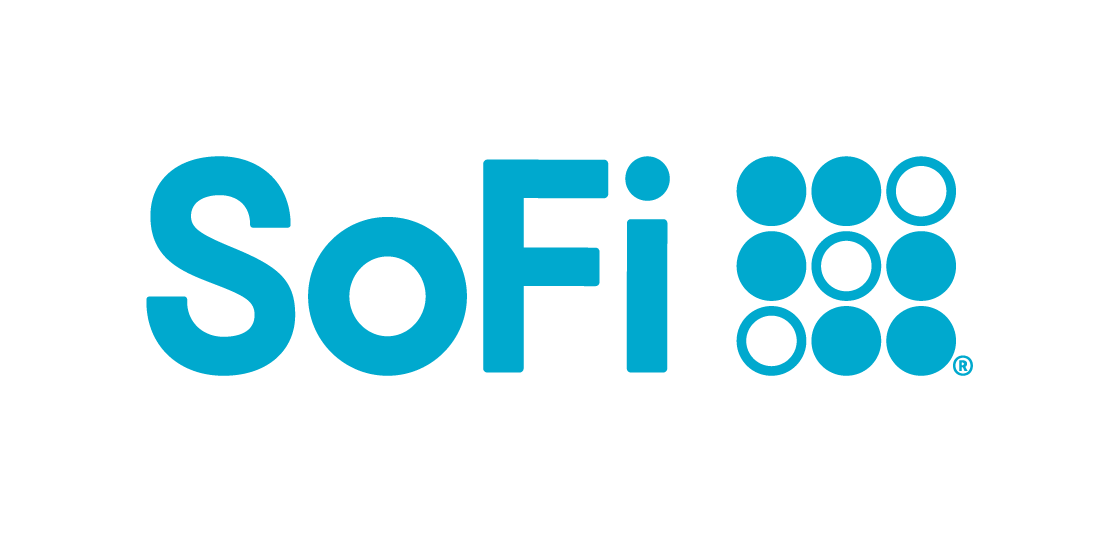Introduction to the SEP IRA
Are you a self-employed individual looking for a retirement plan that offers flexibility and tax advantages? Look no further than the Simplified Employee Pension Individual Retirement Account, or SEP IRA. In this article, we will dive deep into what a SEP IRA is, how it works for the self-employed, its pros and cons, and how it can help you secure a comfortable retirement. By the end of this article, you’ll have a clear understanding of whether a SEP IRA is the right choice for you.
How Does the SEP IRA Work for the Self-Employed?
A SEP IRA is a retirement plan designed specifically for self-employed individuals or small business owners with no employees, except for themselves and their spouse. This plan allows you to contribute a percentage of your income, up to a certain limit, to your own retirement savings. The contributions you make are tax-deductible, reducing your taxable income for the year. The funds within the SEP IRA grow tax-deferred until you withdraw them during retirement.
Setting up a SEP IRA is relatively simple and requires minimal paperwork. As a self-employed individual, you can open a SEP IRA account with a financial institution such as a bank, brokerage firm, or mutual fund company. Once the account is established, you can make annual contributions based on a percentage of your net self-employment income. The exact percentage is determined by the IRS and may vary from year to year.
One of the key advantages of a SEP IRA is the high contribution limit. For 2024, you can contribute up to 25% of your net self-employment income, with a maximum contribution limit of $69,000 up from $66,000. This is the lesser of 25% of the first $345,000 (up from $330,000) of compensation or $69,000.
This allows you to save a significant amount for retirement, especially if you have a high income. Additionally, contributions to a SEP IRA are not subject to income tax until you withdraw the funds (similar to a Traditional IRA), allowing them to grow and compound over time.
The Downsides of SEP IRA
While SEP IRAs offer numerous benefits, there are a few downsides to consider. Firstly, the contribution percentage is fixed at 25% of your net self-employment income, which means you cannot contribute more, even if you have a particularly profitable year. This limitation may be a drawback for individuals with fluctuating incomes.
Another potential downside is the requirement to contribute for any eligible employees. If you have employees who meet the eligibility criteria, you are legally obligated to contribute the same percentage of their income as you do for yourself. This can be costly and may not be feasible for small business owners with multiple employees.
Lastly, early withdrawals from a SEP IRA before the age of 59 ½ are subject to a 10% early withdrawal penalty, in addition to income tax. This restriction aims to discourage individuals from using their retirement savings prematurely and incentivise long-term savings.
The Pros and Cons of SEP IRA
Now that we have discussed the downsides of a SEP IRA, let’s take a closer look at its pros and cons to help you make an informed decision.
One of the biggest advantages of a SEP IRA is its high contribution limit, allowing you to save a significant amount for retirement. Additionally, the contributions are tax-deductible, reducing your current taxable income. The flexibility of choosing the percentage contribution each year, based on your income, can also be advantageous.
On the flip side, the fixed contribution percentage can be a disadvantage if your income fluctuates. Furthermore, the requirement to contribute for eligible employees can be a financial burden for small business owners. Finally, the early withdrawal penalty serves as a deterrent, but can be restrictive if you have an urgent need for funds.
How a SEP IRA Can Help You
While we have covered the main aspects of a SEP IRA, there are a few additional key insights to consider. A SEP IRA not only provides you with a solid retirement savings vehicle, but also offers potential tax advantages. By contributing to a SEP IRA, you can reduce your taxable income and potentially lower your overall tax liability. This can be particularly beneficial for self-employed individuals who want to maximize their tax deductions.
Moreover, a SEP IRA allows you to invest your contributions in a wide range of investment options, including stocks, bonds, mutual funds, and more. This gives you the opportunity to grow your retirement savings based on your risk tolerance and long-term financial goals.
Conclusion
In conclusion, a SEP IRA can be an excellent retirement solution for self-employed individuals and small business owners without employees. It offers high contribution limits, tax advantages, and flexibility in choosing the annual contribution percentage. However, it’s important to consider the downsides, such as the fixed contribution percentage and the requirement to contribute for eligible employees. By carefully weighing the pros and cons, you can determine if a SEP IRA aligns with your retirement goals and financial situation. Remember to consult with a financial advisor or tax professional to ensure you make the best decision for your specific circumstances.
If you are self-employed, you can start planning for your future today with a SEP IRA!
Retire Happy!
Ira
Here are 3 great financial institutions that offer SEP IRAs:
Fidelity, Betterment and SoFi
Fidelity is one of the older and most well known of investment firms. This New England firm offers 0% management fees and has been highly rated by both Nerdwallet and Investors Business Daily. www.fidelity.com

Betterment is a newer firm with a Bankrate.com rating of 5 stars. There is a $0 minimum for the Digital tier, and a $100,000 minimum for the Premium tier. Their annual management fee is .25% for Digital, .4% for Premium and $4 per month for accounts under $20,000. www.betterment.com

SoFi Invest is rated 4.6 out of 5 by Businessinsider. No account minimum and only requiring $1 to open an account. SoFi has a BBB rating of A+. They have multiple account options including their “Robo-Advisor” which uses AI-like systems to build and manage investment portfolios. www.sofi.com


